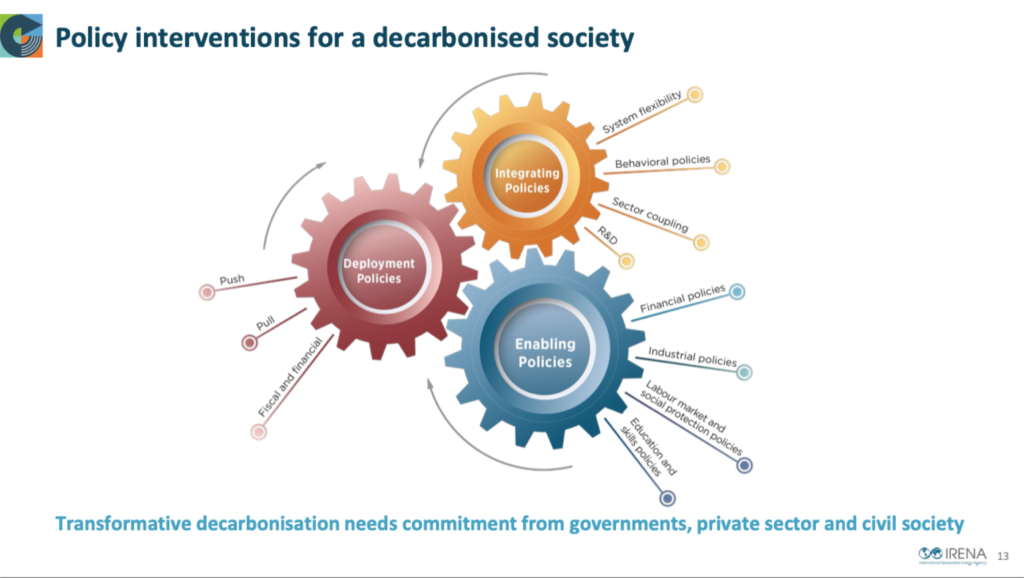Climate Change
Where we’re at; what lies ahead; and what it will take to get us there
SPOILER ALERT
a worldwide carbon price would help a lot
2020 is set to be one of the hottest
If not the hottest, years since temperatures have been recorded. Surface temperature records have shown around 0.9C warming since 1970, a warming rate of about 0.18C per decade.
Climate Change
The global average temperature is expected to increase by about 0.2°C per decade over the next two decades. Continuing greenhouse gas emissions at or above current rates would cause a further increase in global temperatures and many other climate changes during the 21st century.
If we look at the scenarios outlined by the Intergovernmental Panel on Climate Change (IPCC) that assume no additional mitigation measures apart from those already in place, the best estimates for projected global temperature increases from the 1980s to the end of the 21stcentury range from +1.8°C (1.1 – 2.9°C) to +4°C (2.4 – 6.4°C).
Climate scientists have already told the world what we must do to limit global warming to 2 degrees Celsius (3.6 degrees Fahrenheit) above pre-industrial temperatures, the point at which we’ll begin to see the worst climate change has to offer: they say we must stick to a carbon budget and keep the cumulative global sum of carbon dioxide emissions to 1,290 gigatons between 2018 and 2100. Do that and we’ll have a two-thirds chance of limiting warming to 2 degrees C.
When we’re constrained by a budget, every passing year of over-emitting requires a sharper curtailing of pollution in the years to come. Taking action earlier lowers the peak and makes for a gentler decline over the rest of the century.
How do we navigate this future scenario and make sure we don’t overshoot our budget?
The International Renewable Energy Association (IRENA) is one organisation that has recently suggested how we might achieve our climate goal. It proposes a “Deeper Decarbonisation Perspective” that would reduce emissions to zero as early as 2050, or at latest by 2060, consistent with holding the line at 1.5°C.

The IRENA outlook imagines two, inter-related sets of activities. On the one hand we’ll likely need to roll out technologies that vacuum up, capture or otherwise sequester carbon dioxide, whether from the atmosphere or as it’s emitted in the first place. The more quickly we scale up these technologies, the more time we’ll buy ourselves to bring down our actual emissions.
On the other hand, we have to change our development model to reducing CO2 emissions and curbing the rise in temperatures. The transition to renewables, efficiency and electrification can drive this radical decarbonisation of our economies: renewable energy and energy efficiency together offer over 90% of the mitigation measures needed to reduce energy-related emissions in the less ambitious “Transforming Energy” scenario.
To achieve this reduction, energy-related CO2 emissions need to fall by 3.8% per year on average until 2050, to 70% below today’s level. That compares to an average annual increase of 1% over the last decade, with a flatlining in 2019.
Decarbonising energy use in time to avert catastrophic climate change requires intensified international co-operation, financial mobilisation, strengthened institutions and broad policy cohesion. With the need for emission reductions unchanged, clean energy investments can safeguard against short-sighted decisions and the accumulation of stranded assets.
The key to unlocking the potential of the Deeper Decarbonisation Perspective is economic firepower: IRENA forecasts an extra investment of $20 trillion on top of the $110 trillion of investments required in the Transforming Energy Scenario. Yes, that’s right, total $130 trillion to reach zero emissions.
Ensuring that these investments are deployed effectively and quickly enough is the task of institutions, governments and policymakers globally. A worldwide price on carbon provides a single mechanism that would provide a clear incentive to direct investment away from carbon intensive activities and towards and many and varied initiatives that would keep us within our emissions budget.

